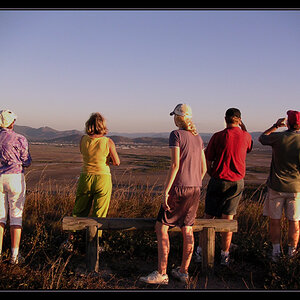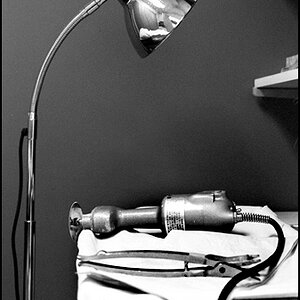dpolston
TPF Noob!
- Joined
- Apr 8, 2007
- Messages
- 949
- Reaction score
- 1
- Location
- Norfolk, VA.
- Can others edit my Photos
- Photos OK to edit
I have been asked by a local artist to photograph his artwork for reproduction reasons. I have 2 questions.
First (my brain dumping) is to set up a soft box style tent. I have a lighting kit that is will give me the flexibility I need, but I don't do much "product photography". I was thinking something like this:

Next: I'm thinking of $50.00 - $75.00 a digital negative (starving artist thing). And I'm not really wanting to retain a copyright because it's his work.
Am I on track? Has anyone done this kind of copy work? I know that color is critical in this and a good white balance/raw image is very necessary. I'm concerned by the setup. This particular artist rents booth space beside about 20 other artist (to paint and display) and this might be a very good little market.
First (my brain dumping) is to set up a soft box style tent. I have a lighting kit that is will give me the flexibility I need, but I don't do much "product photography". I was thinking something like this:
Next: I'm thinking of $50.00 - $75.00 a digital negative (starving artist thing). And I'm not really wanting to retain a copyright because it's his work.
Am I on track? Has anyone done this kind of copy work? I know that color is critical in this and a good white balance/raw image is very necessary. I'm concerned by the setup. This particular artist rents booth space beside about 20 other artist (to paint and display) and this might be a very good little market.


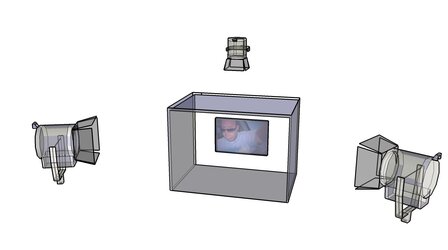
 (and no I didn't make this up!)
(and no I didn't make this up!)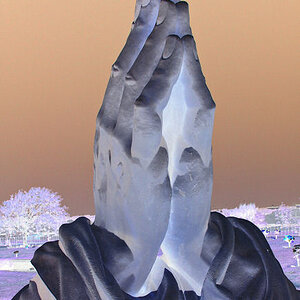
![[No title]](/data/xfmg/thumbnail/42/42451-9e2e4f1caad4c45d0c61e2a856140c36.jpg?1619740190)
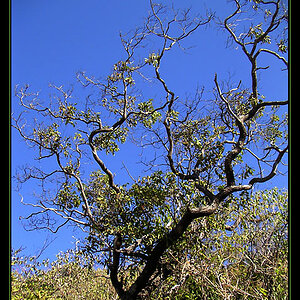
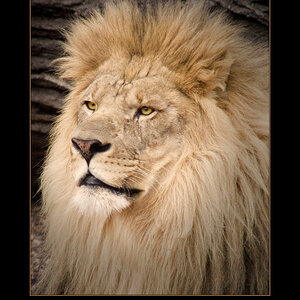
![[No title]](/data/xfmg/thumbnail/37/37624-7f9c9a5c8c7bcb5e62f67313e2e48dbc.jpg?1619738153)
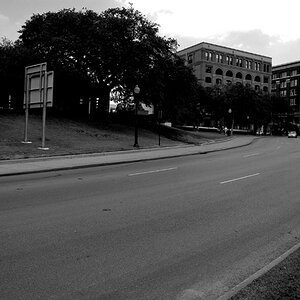
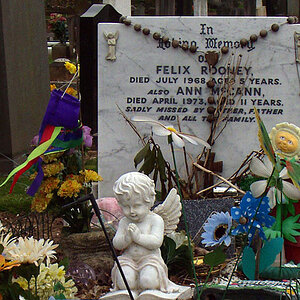
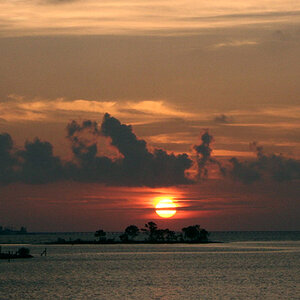
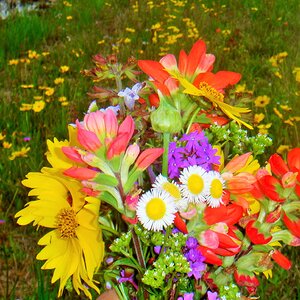
![[No title]](/data/xfmg/thumbnail/38/38734-a0c4ec46a440db881aca3700b0c62879.jpg?1619738703)
